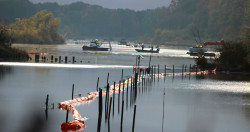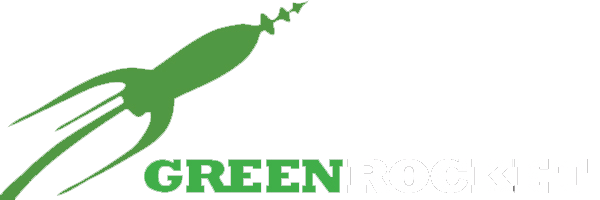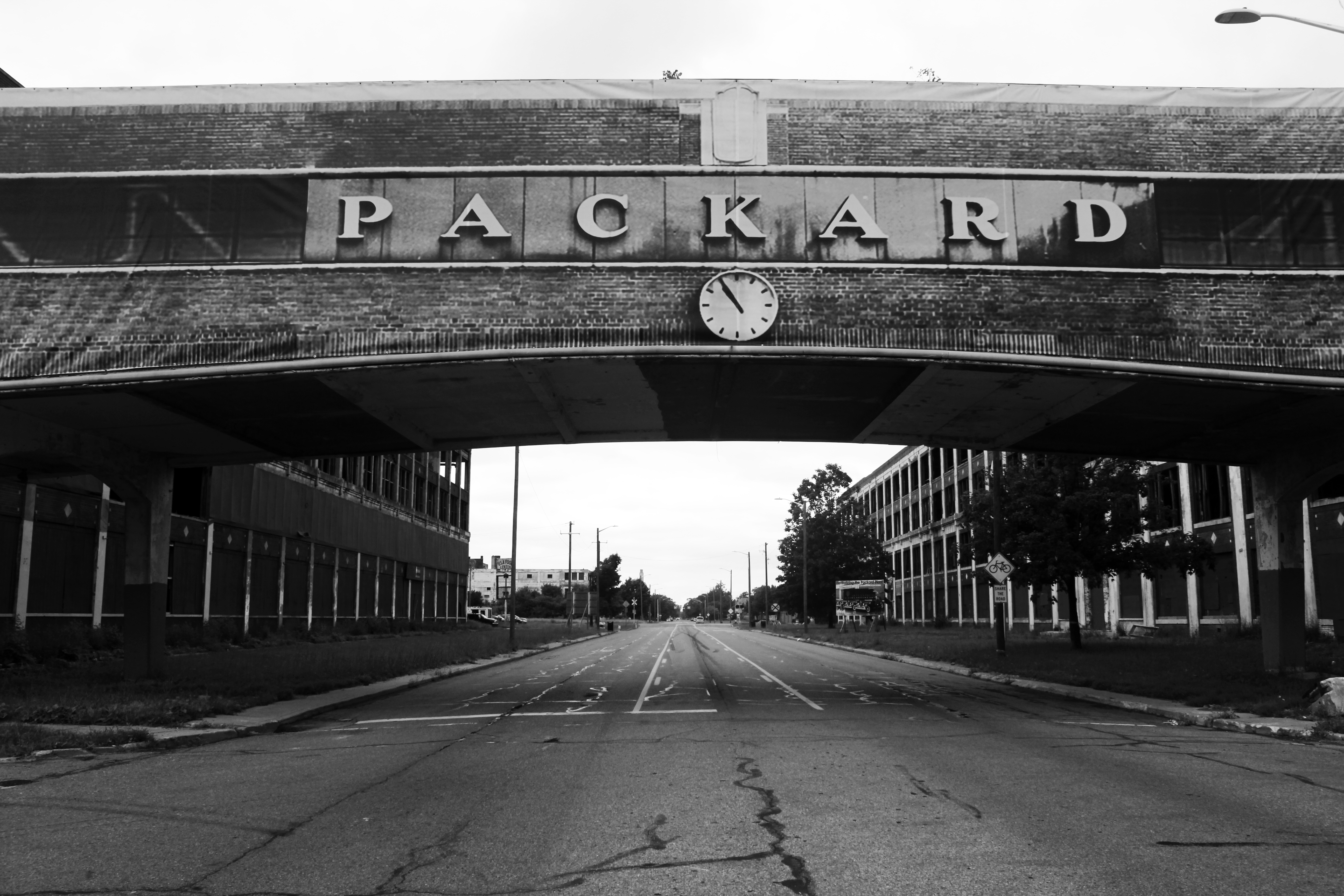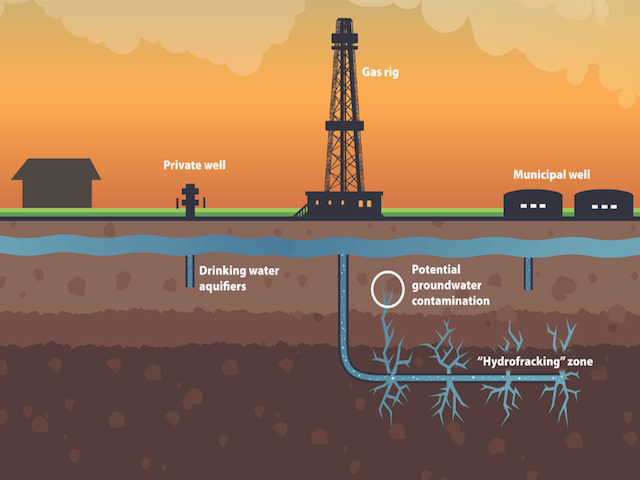
Today (Jan. 21, 2014) the Arkansas Democrat-Gazette reported (subscription required) that Exxon Mobil is proposing to dredge the bottom of a cove near Lake Conway to remove residual dilbit from the Pegasus Pipeline spill that happened in Mayflower, AR, March 29, 2013.
Meanwhile, 800 miles to the north, and over three years later, the EPA has ordered Canadian energy giant Enbridge back to the area to do more dredging on an even bigger dilbit spill that happened in Marshall, MI, on its Line 6B.
Trying to remove tar sands oil from lake/river bottoms is proving nearly impossible. Yet we continue to pump dilbit all over the country under the oversight of ineffectual government agencies with no clearly effective cleanup strategy in the case of a spill.
Why? Because there is a ton of money to be made that puts environmental concerns in the backseat. Energy independence is a national security concern but ignoring the environmental damage caused by dilbit spills could kill that golden goose.
Last week the Democrat-Gazette reported that the ruptured Pegasus Pipeline could be restarted at 80% of capacity under rules approved by the Pipeline and Hazardous Materials Safety Administration.
The precedent was set when the PHSMA allowed Enbridge to do the same thing with Line 6B. All that did was encourage Enbridge to skirt the rules for new pipeline construction by casting it as a repair/replacement. The result is that the company is pumping more dilbit in newer pipelines but still, with no clearly effective cleanup strategy in case of an accident.
There don’t seem to be many signs that energy industries are too concerned and why should they be. Oil revenues dwarf any monetary penalties PHSMA could levy, the agency is sorely understaffed, and many of its policies resulted from the work of energy company insiders.
So the beat goes on.
Earlier this month crews from Enbridge working on the controversial repair/replacement of Line 6B dropped a segment of the new pipeline, toppling the crane doing the work. According to the property owner who witnessed the accident the crews righted the crane and installed the pipe without adequate inspection. The Company stridently denied the claim but the homeowner pressed on, contacted the PHMSA who showed a newfound backbone and ordered Enbridge to replace the segment.
















